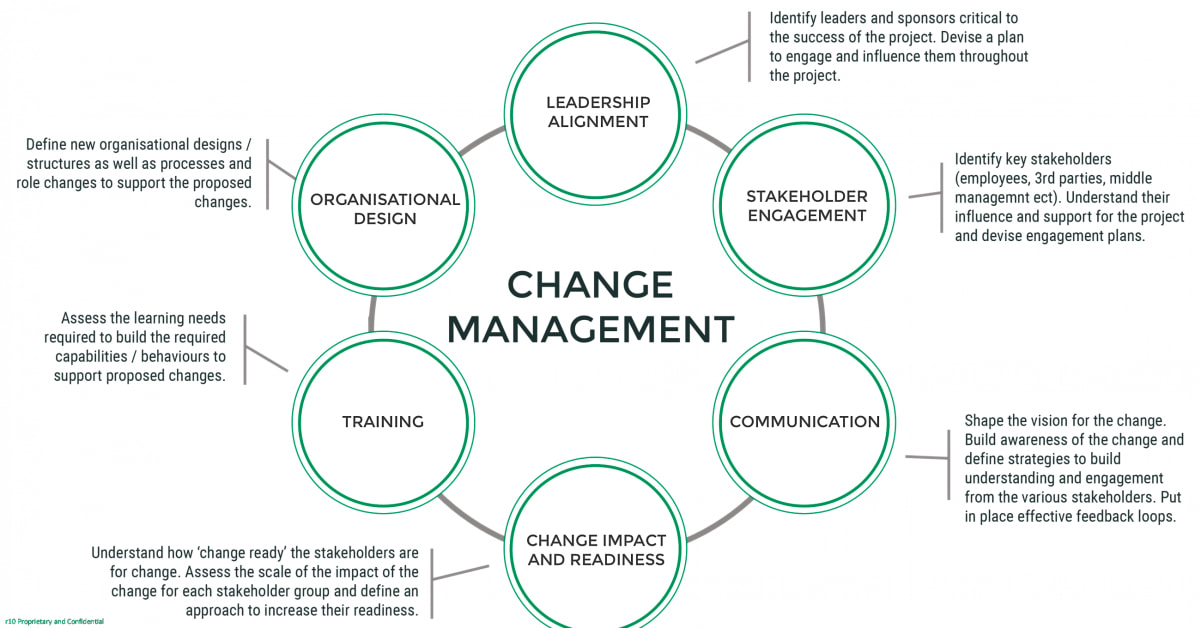In today’s fast-paced business world, it is essential for companies to continuously improve their processes and operations in order to remain competitive. This is where methodologies such as Lean and Six Sigma come into play. These two methodologies have been widely adopted by businesses of all sizes to achieve operational excellence, increase efficiency, and drive growth. In this article, we will delve into the world of Lean and Six Sigma and explore how they can be applied in business consulting. We will discuss their key principles, benefits, and real-life examples of their successful implementation. Whether you are a business owner looking to optimize your processes or a consultant seeking to add value to your clients, this article will provide you with valuable insights into the world of Lean and Six Sigma. So, let’s dive in and discover the power of these methodologies in the context of business planning and analysis.
To start off, let’s define what Lean and Six Sigma are. Lean is a management philosophy that focuses on eliminating waste and streamlining processes to increase efficiency. It originated from the Toyota Production System in the 1950s and has since been applied to various industries, including manufacturing, healthcare, and services. On the other hand, Six Sigma is a data-driven approach that aims to reduce defects and variations in processes through statistical analysis. It was developed by Motorola in the 1980s and has been widely adopted in industries such as finance, engineering, and IT.
Now that we have a basic understanding of these methodologies, let’s dive into their applications in business consulting. Firstly, Lean is often used to identify and eliminate inefficiencies in processes, resulting in cost savings and improved productivity. By analyzing the flow of work and identifying areas of waste, businesses can streamline their operations and provide better value to customers. Additionally, Lean principles can also be applied to organizational culture, promoting a continuous improvement mindset within the company.
On the other hand, Six Sigma is focused on reducing errors and improving quality in processes. By collecting and analyzing data, businesses can identify the root causes of defects and implement solutions to prevent them from happening. This not only leads to better products and services but also helps companies save money by reducing rework and waste.
It’s important to note that Lean and Six Sigma are not mutually exclusive – in fact, they can complement each other when used together. While Lean focuses on eliminating waste, Six Sigma ensures that the remaining processes are efficient and high-quality. Together, they can help businesses achieve operational excellence and deliver value to customers.
Now that we’ve covered the main points of Lean and Six Sigma, let’s discuss the benefits of incorporating these methodologies in business consulting. Firstly, they provide a structured approach to problem-solving, ensuring that decisions are based on data rather than assumptions. This can lead to more effective and sustainable solutions. Additionally, the continuous improvement aspect of both methodologies can help businesses stay ahead of their competition and adapt to changing market conditions.
In conclusion, Lean and Six Sigma are valuable tools in business consulting, helping businesses identify and eliminate waste, reduce errors, and continuously improve their processes. By incorporating these methodologies into their operations, businesses can achieve greater efficiency, cost savings, and customer satisfaction.
The Benefits of Lean and Six Sigma in Business Consulting
When it comes to business consulting, there are many different methodologies and approaches that can be used. However, two stand out as particularly effective and popular – Lean and Six Sigma. These methodologies have proven to be valuable tools for businesses looking to improve their processes and strategies. So, what makes them stand out? Let’s take a closer look at the benefits of Lean and Six Sigma in business consulting.
Lean Methodology:
The Lean methodology focuses on streamlining processes and eliminating waste to improve efficiency and effectiveness. It is based on the principles of continuous improvement, customer value, and respect for people. By implementing Lean techniques, businesses can identify and eliminate any unnecessary steps or activities in their processes, resulting in cost savings, improved productivity, and better customer satisfaction.
Six Sigma Methodology:
The Six Sigma methodology is all about reducing defects and errors in processes to achieve near-perfect results. It follows a data-driven approach and uses statistical analysis to identify areas for improvement and eliminate variations. This results in improved quality, reduced costs, and increased customer satisfaction.
Overall, both Lean and Six Sigma methodologies offer businesses a structured approach to process improvement and optimization. They provide businesses with the tools and techniques needed to identify inefficiencies, reduce waste, and ultimately drive growth and success.
How to Apply Lean and Six Sigma in Your Business
Implementing Lean and Six Sigma in your business may seem like a daunting task, but with the right approach, it can bring significant benefits. Here are some practical tips for applying these methodologies:
- Start with a thorough analysis: Before implementing any changes, it’s important to have a clear understanding of your current processes and identify areas for improvement. This will help you prioritize and focus on the most impactful changes.
- Involve your team: Lean and Six Sigma are not just top-down approaches – they require buy-in and participation from all levels of the organization. Involve your team in the process, listen to their feedback, and empower them to make changes.
- Focus on continuous improvement: Lean and Six Sigma are not one-time fixes, but rather ongoing processes of continuous improvement. Encourage a culture of innovation and constantly strive for better ways of doing things.
- Use data to drive decisions: Both Lean and Six Sigma rely heavily on data and analysis to identify areas for improvement and measure progress. Make sure to collect and analyze relevant data to inform your decisions.
By following these tips, you can effectively apply Lean and Six Sigma in your business and see tangible results in terms of efficiency, productivity, and overall success.
In today’s competitive business landscape, it’s crucial for companies to constantly evaluate and improve their processes. Lean and Six Sigma offer effective and proven methods for achieving this. By incorporating these methodologies into your business consulting, you can help your clients achieve operational excellence and drive growth.





